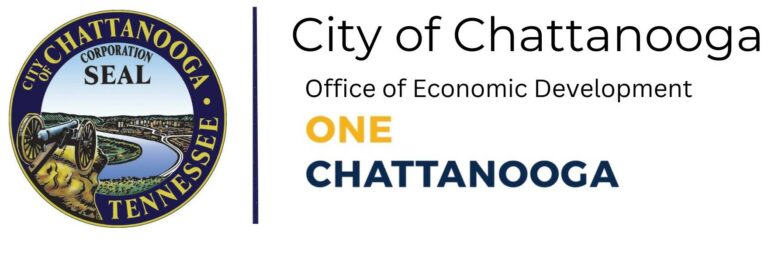What are Brownfields?
The U.S. Environmental Protection Agency (EPA) defines brownfields as “real property, the expansion, redevelopment, or reuse of which may be complicated by the presence or potential presence of a hazardous substance, pollutant, or contaminant.” These properties are often abandoned land and/or structures once utilized in the energy exploration, steel production, and manufacturing industries. Brownfields can also be former gasoline stations, dry cleaners, vehicle repair shops, foundries, rail yards, or even households.
Brownfield Issues:
- A property may be initially identified as a brownfield based on real or perceived contamination.
- Prospective participants in the redevelopment process, including developers, financial lenders, and investors, may view properties where environmental contamination may have occurred as high risk.
- Properties where industrial activities have taken place that utilize chemicals or heavy metals are frequently seen as unpredictable development ventures.
- Consequently, brownfield properties are often avoided until an environmental assessment is conducted that clearly defines any environmental issues and remediation costs.
Benefits of Redevelopment:
- The remediation and reuse of these properties stimulates additional investment.
- Underutilized industrial and commercial properties have economic value to a community, and they can function as a catalyst for additional development.
- These properties typically have access to existing infrastructure (roads, sewer, etc.), reducing development costs.
- Redevelopment will remove the stigma of blight, increase property values, create job opportunities, and enhance the public and environmental health of the area while putting the properties back into productive use.
- Redeveloping underutilized industrial and commercial properties can improve the social, economic, and physical health of a community.
- The process, however, can be complicated.
Resources and Programs
This program administered through the U.S. Environmental Protection Agency provides grants and technical assistance to communities, states, tribes, and others regarding the redevelopment process. Click here for more information
“The United States Protection Agency defines Brownfields as real property, the expansion, redevelopment, or reuse of which may be complicated by the presence or potential presence of a hazardous substance, pollutant, or contaminant.”
If this describes your property, a property that you are interested in purchasing or just using, TDEC would be happy to answer any questions or concerns that you may have. TDEC’s Brownfield Voluntary Cleanup Oversight and Assistance Program (VOAP) is a voluntary program that is in place to help you to address, develop, or redevelop a piece of property that could be, or is impacted by contamination. Whether the contamination was caused by you or not, TDEC is here to help, and look forward to working with you.
RLF Process:
- What to Expect: see the RLF Major Tasks List
- Expect 6 to 8 months for the entire process from site eligibility determination to loan closeout
- Determine if your site is eligible for cleanup?
- Complete the RLF Eligibility Checklist and submit to:
Dwan Austin
City of Chattanooga
Brownfield Coordinator
daustin@chattanooga.gov
Sam Saieed
Southeast Tennessee Development District
Grant Manager
ssaieed@sedev.org
- Site eligible for cleanup? If yes, submit the RLF Loan Application to:
Dwan Austin
City of Chattanooga
Brownfield Coordinator
daustin@chattanooga.gov
Sam Saieed
Southeast Tennessee Development District
Grant Manager
ssaieed@sedev.org
- Expect 6 to 8 months for the entire process from site eligibility determination to loan closeout
Provides funding for brownfield inventories, planning, environmental assessments, and community outreach:
Please submit the completed form to:
Dwan Austin
City of Chattanooga
Brownfield Coordinator
daustin@chattanooga.gov
Sam Saieed
Southeast Tennessee Development District
Grant Manager
ssaieed@sedev.org
Provides funding to carry out cleanup activities at brownfield sites owned by the City of Chattanooga. Click here for Cleanup Grants
